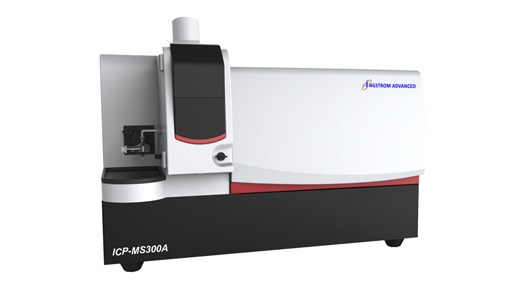| Introduction |
|
Inductively Coupled Plasma Mass Spectrometry (ICP-MS) features microscale(10-6), trace(10-9), and ultratrace(10-12) element analysis techniques. It can test most elements of periodic table of elements. It has a very low detection limit, wide trends linearity range, minimal interference; high accuracy, high analyzing speed, and it also can analyze isotopes.
|
| Performance Advantage |
- Small, light and easy to carry
- Quick analysis speed, simple operation, high response rate, low background noise, good interference elimination, and easy maintenance.
- OneClick plasma setting makes plasma optimizing more convenient and has excellent reproducibility.
- Advanced plasma shielding technology greatly improves the instrument’s response rate and achieves ppt level.
- It has a special Activity connector structure, by which you can replace, install, and dismantle sampling cone and skimmer cone in empty space, making daily maintenance convenient.
- The efficiency of transmission and interference elimination capability of polyatomic ion, is improved by using the hexapole collision cell.
|
| Application Fields |
- Small, light and easy to carry
- environmental: drinking water, seawater, environment water resource foodstuff, hygiene and disease control, commodity inspection ect.
- semiconductor industry: high pure metal, high purity reagent, ultratrace impurity of Si wafe, photoresist etc.
- medicine and physiological analysis: Medical Research of hair, whole blood、serum, urine sample, biological organization ect. Especially the test of Pb in whole blood.
- nuclear industry: analysis of nuclear fuel radioisotope, pollution of Primary cooling water etc.
- others: as chemical industry, lithification,
|
| Technical Performance and Specifications |
| mass range |
1~265 amu |
| linear range |
≥108 |
| Sensitivity |
Be≥2×106 ; In≥35×106 ; U≥30×106 unit(cps/mg/L) |
| detection limit |
Be≤10 ; In ≤2 ; U≤2 unit(ng/L) |
| resolution |
0.6~0.8 amu |
| SNR(Signal to Noise Ratio) |
≥50×106 |
| background nois |
≤2 cps(all mass number range) |
| mass axis stability |
≤0.05 amu/24 h |
| stability RSD |
short period≤3% ; long time≤4% |
| oxide ion |
CeO+/Ce+ ≤ 3% |
| divalent ions |
69Ba2+/138Ba+ ≤ 3% |
| isotope ratio |
(107Ag/109Ag) ≤ 0.3% |
| abundance sensitivity |
≤1×10-6 low mass number ; ≤5×10-7 high mass number |
|
|
|

